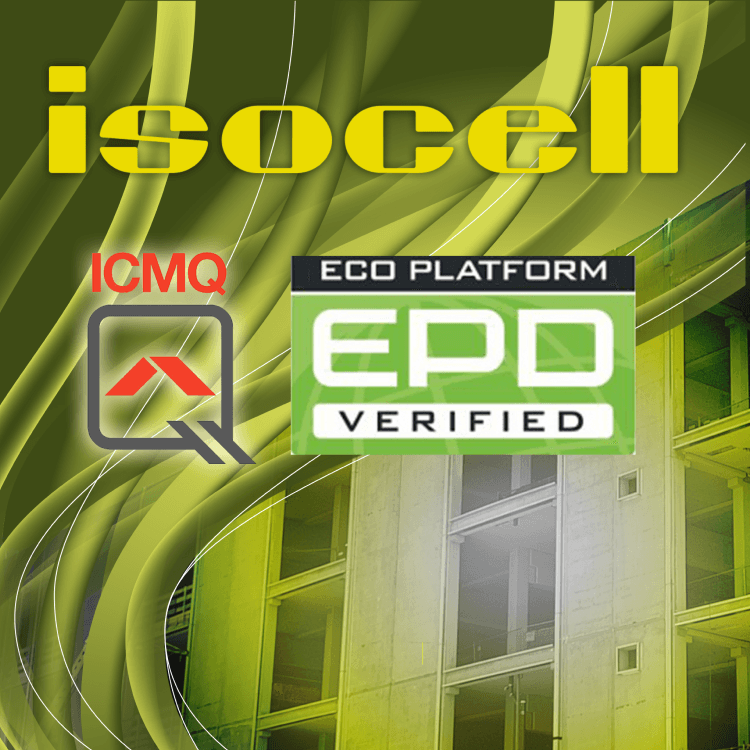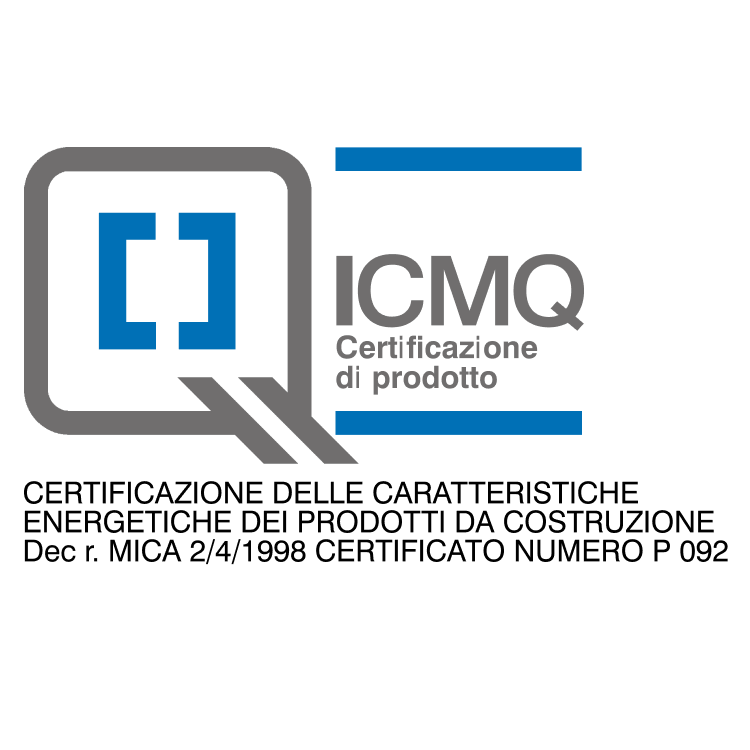Innovation and environmental commitment
Isocell actively promotes sustainable and environmentally responsible practices. The company is firmly committed to the green sector and continuously seeks innovative solutions to reduce the environmental impact of its operations.






